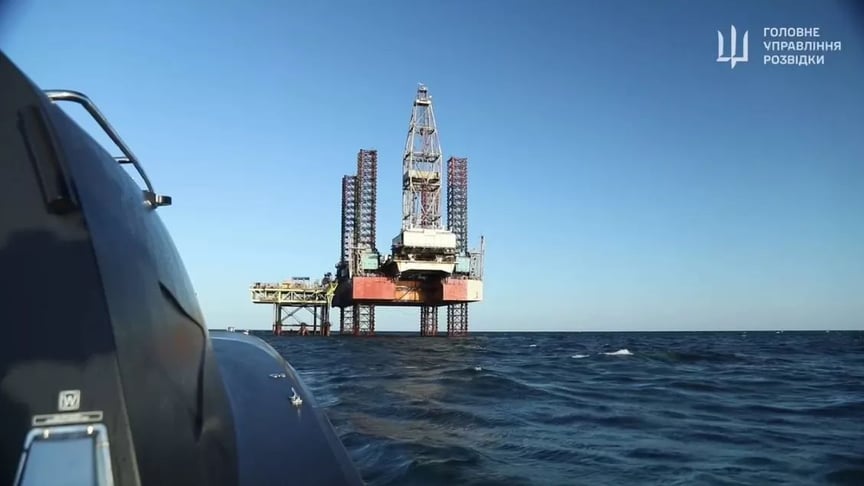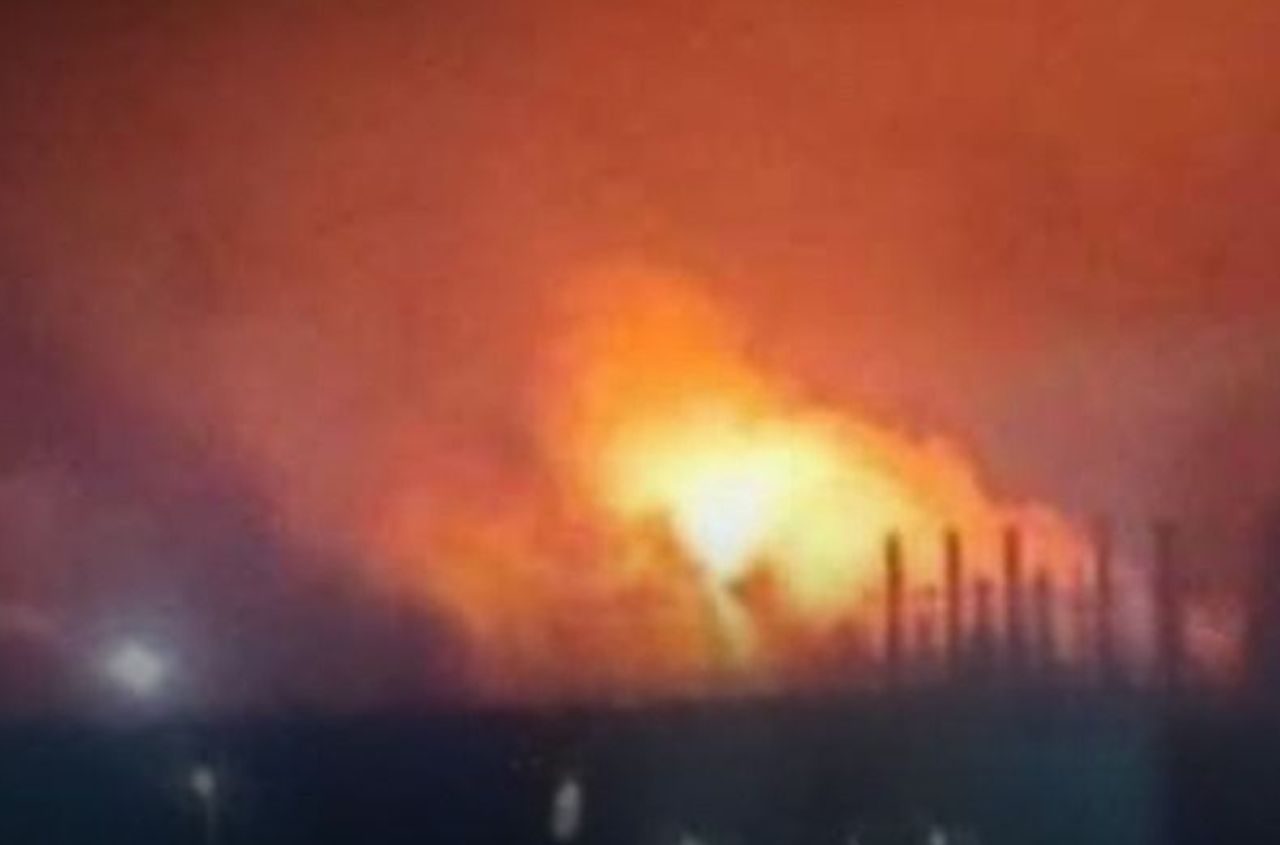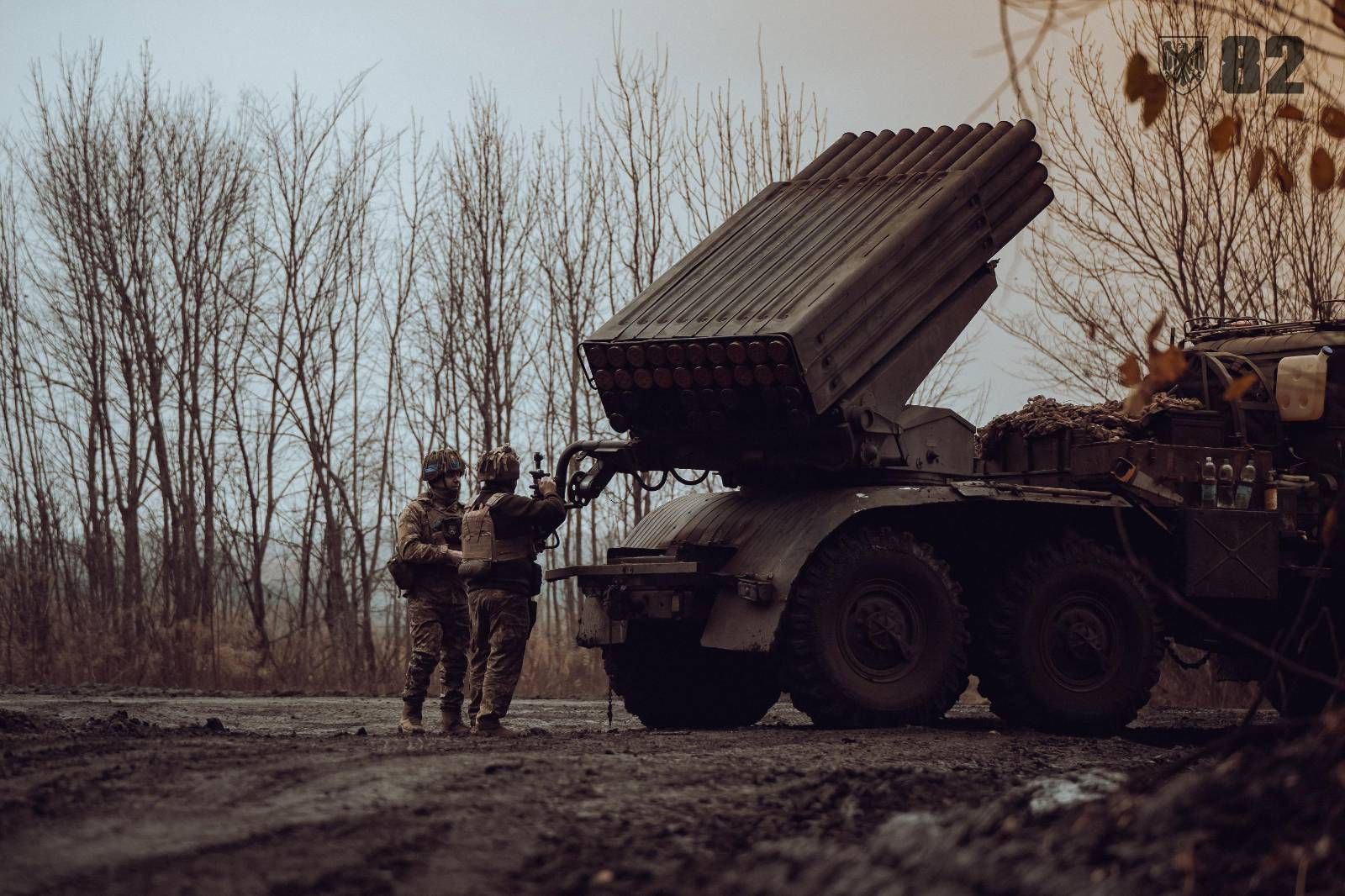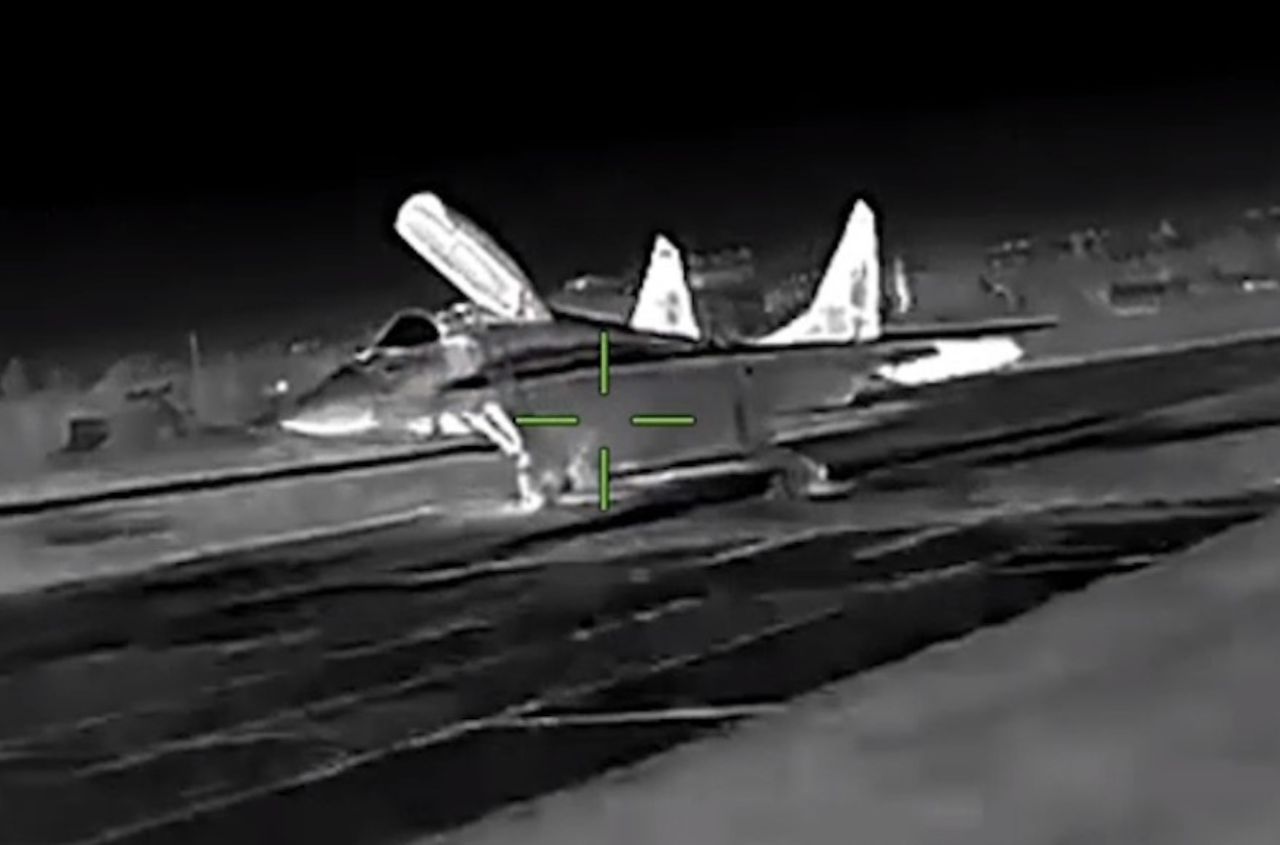The grain corridor in the Black Sea is functioning successfully, and the number of vessels passing through it remains steady. In this context, the recent destruction of a Russian radar station is particularly important.
This was stated on television by Dmytro Pletenchuk, spokesperson for the Ukrainian Navy.
“The corridor is operational, and the number of ships is not decreasing. Despite earlier Russian efforts to mine this section of the sea, we managed to chart a route in such a way that there have been no incidents — and we haven't heard of any in the information space for quite a while. This is daily work that we carry out successfully,” Pletenchuk assured.

He emphasized the significance of the recent destruction of a Russian radar station on the so-called ‘Boyko towers’ in the Black Sea:
“The Russians use these systems to monitor surface activity and conduct reconnaissance. The very fact of this operation is important in the context of the entire maritime area, our security, and civilian shipping.”
Pletenchuk also highlighted the role of Ukrainian unmanned surface drones, which have significantly weakened Russia’s position in the Black Sea.
“Naval drones have become the ultimate weapon that forced the Russians to change their tactics and level of presence. At the start of the full-scale invasion, the leading role was played by missile, coastal, and artillery units that repelled the Russian onslaught. After the Russians pulled back from our coastline and left the northern part of the Black Sea, drones came into play. In fact, the Russians are now in a constant dilemma — whether they’ll encounter drones or missiles. That’s why we occasionally observe them being forced to disperse their fleet, including withdrawing from their base in Novorossiysk — though not too far, to avoid facing these threats,” Pletenchuk noted.





















